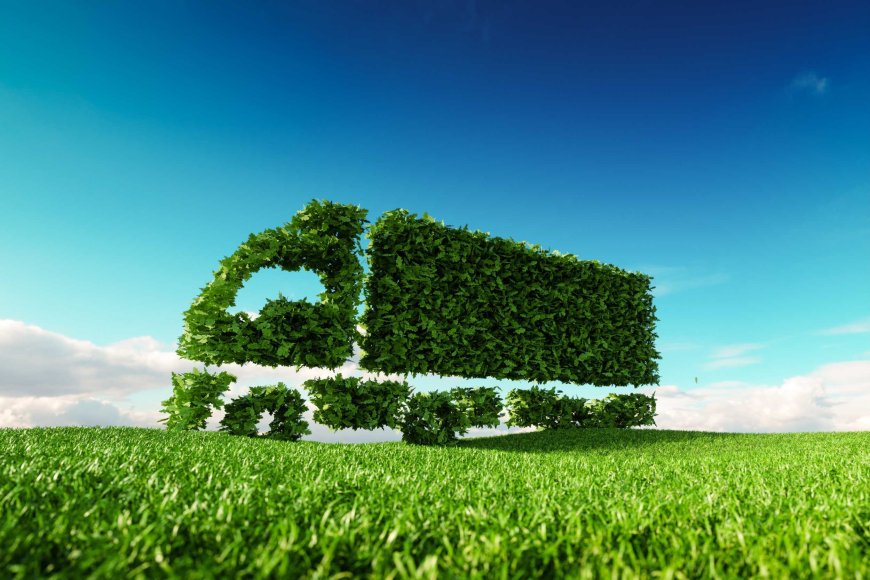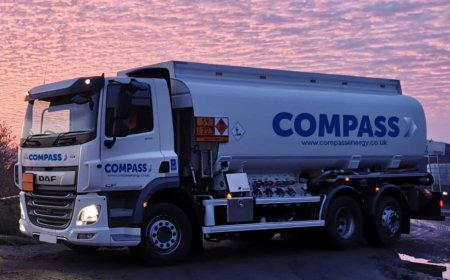Fuel Types: The Energy That Powers Our Lives

Energy fuels every part of our daily routinefrom the moment we start our cars to when we switch on the lights at home. Behind all this energy lies an essential component: fuel. But not all fuels are the same. They come in different forms and have distinct uses, advantages, and environmental effects. Understanding the various fuel types is crucial as the world shifts toward cleaner and more sustainable energy sources. Lets explore the main categories of fuels: solid, liquid, gaseous, and alternative fuels.
Solid Fuels: The Oldest Energy Source
Solid fuels have powered humanity for centuries and remain important today.
-
Wood: One of the earliest fuels used by humans, wood is still widely utilized for cooking and heating, especially in rural areas. It is renewable but needs sustainable management to prevent deforestation.
-
Coal: A fossil fuel formed from ancient plants, coal has been a major energy source for electricity generation and industry. It is energy-dense but a major contributor to greenhouse gas emissions and air pollution.
-
Biomass: Organic materials like crop residues, sawdust, and animal dung fall under biomass. When harvested responsibly, biomass can be a renewable and carbon-neutral energy source.
Liquid Fuels: The Backbone of Transportation
Liquid fuels are easy to transport and store, making them ideal for powering vehicles and machinery.
-
Petrol (Gasoline): The most common fuel for cars and motorcycles, petrol is prized for its high energy content but contributes significantly to air pollution.
-
Diesel: Used primarily in trucks and heavy equipment, diesel offers better fuel economy than petrol but releases more nitrogen oxides.
-
Kerosene: Often used in heating, cooking, and aviation, kerosene remains essential in many parts of the world.
-
Biofuels: Derived from plants and organic waste, biofuels like ethanol and biodiesel are renewable alternatives that reduce carbon emissions when blended with traditional fuels.
Gaseous Fuels: Clean and Efficient Energy
Gaseous fuels burn cleaner than solids or liquids and are commonly used in households and industries.
-
Natural Gas: Composed mostly of methane, natural gas is used for heating, cooking, and electricity generation. It emits less carbon dioxide than coal or oil but remains a fossil fuel.
-
Liquefied Petroleum Gas (LPG): A propane and butane mix, LPG is popular for cooking and heating, especially in areas without natural gas pipelines.
-
Hydrogen: Considered a promising fuel for the future, hydrogen produces only water when used in fuel cells. Challenges in production and storage still need addressing.
Alternative and Renewable Fuels: The Future of Energy
To combat climate change, renewable and alternative fuels are gaining traction worldwide.
-
Electricity: When generated from solar, wind, or hydropower, electricity powers homes and electric vehicles with little to no emissions.
-
Solar and Wind Energy: Though not traditional fuels, these renewable energy sources reduce dependence on fossil fuels by generating clean power.
-
Next-Generation Biofuels and Synthetic Fuels: Innovations are creating fuels from algae, waste, and synthetic processes designed to be sustainable and low-carbon.
Conclusion
Fuels are the driving force behind our energy needs, available in various forms that serve different purposes. While fossil fuels like coal, petrol, and natural gas currently dominate, the global trend is moving toward cleaner, renewable energy options. By understanding the different types of fuels, we can better appreciate the energy that powers our world and support a sustainable energy future for generations to come.





























